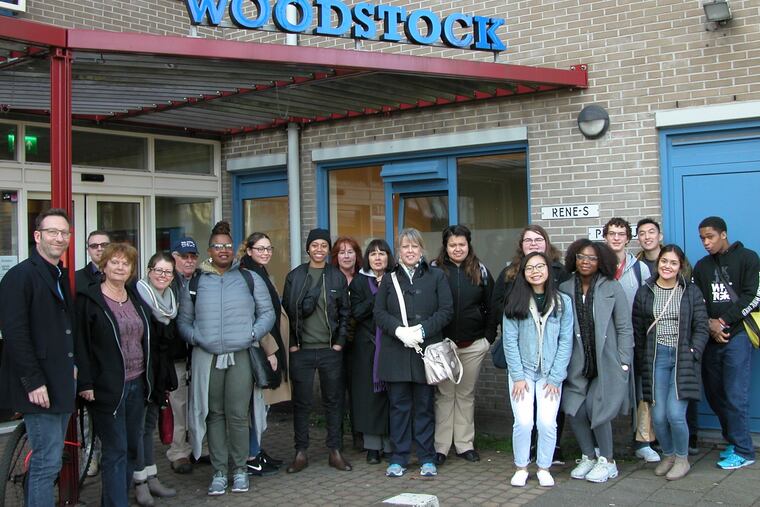Here’s how Philly can learn from the Netherlands on the opioid crisis | Opinion
If Philadelphia is to openly operate a safe injection facility, pragmatism will have to replace fear and hopelessness.

A key problem that the nonprofit Safehouse is having in opening a supervised injection facility in Philadelphia is a lack of community support, despite evidence that such a facility could improve neighborhood conditions and save lives. Opposition derives from a general distrust of government officials and a fear that opening such a facility would worsen neighborhood conditions.
If Philadelphia is going to become the first city in the country to openly operate a supervised injection facility, it will have to find a way to build public trust and confidence in the government and the professionals who have researched the benefits of these facilities. Pragmatism will have to replace fear and hopelessness.
One country that has successfully combated an opioid crisis is the Netherlands, where I took a group of students from Penn State Berks last March. Students in my Comparative Drug Policy class spent the first half of the semester studying the history of drug policy in the United States and the current opioid crisis. They then spent a week in Amsterdam and the Hague seeing firsthand how another country handles drug-related problems and addiction.
While the Netherlands is not currently experiencing an opioid crisis, it did have a significant heroin problem in the late 1980s and early 1990s. The now-touristy Red Light District of Amsterdam was unwalkable; homeless people addicted to drugs, public health hazards like discarded needles, and high crime rates plagued the area and many others in the city. The public demanded the government do something to deal with these problems.
Unlike the United States, at the same time amid a crack cocaine “epidemic,” the Dutch did not attempt to arrest its way out of the problem. Instead, they implemented policies that integrated health, law enforcement, social services, and mental health. Local police worked with treatment and social service agencies to help homeless individuals access medical care, drug treatment, and get them reintegrated into the community. Needle-exchange services even operated out of police stations. Housing facilities opened for older individuals who had lengthy drug-using histories, where they could receive medical and mental-health treatment without moral judgment.
The national government set up supervised injection facilities and medical heroin clinics, where those who were unsuccessful in stopping heroin use through every other treatment modality would be given prescribed heroin in a medical facility funded by taxpayers. As a result, the country saw its heroin-using population drop dramatically and those living in neighborhoods most affected saw an increase in their own quality of life, as there were no longer homeless drug users or drug paraphernalia on their streets.
When the students and I met with a nurse at one of the medical heroin treatment facilities, I asked her if it was difficult to implement these policies because of public opposition. She told me that there was very little opposition from neighbors in the areas where these clinics were established. Residents were so upset about the current conditions that they just wanted something done. When they saw the programs worked, they were happy. This same nurse told our group that she could foresee the clinic closing within a few years because they don’t have enough people addicted to heroin to sustain it. Unlike in the United States, there has not been an increase in younger people using heroin in most of Europe, according to the United Nations Office of Drugs and Crime.
The most significant takeaway from this study trip was that everyone we spoke to, from National Police officers to social workers, described the Dutch approach to drug issues in purely pragmatic ways. While there is certainly a humanitarian aspect to their methods, this did not appear to be the driving force.
These policies were possible because when residents felt overwhelmed by the impact of addiction in their communities, they reached out to the government for help. They trusted their public officials to implement policies that would improve the situation. Government officials worked with health professionals, law enforcement, and addiction experts to craft these policies and research their effectiveness. Everyone benefited because they had trust and confidence in these institutions. That same trust is needed if we are going to have significant progress in fighting our own opioid crisis.
Jennifer Murphy, Ph.D., is an associate professor at Penn State Berks and author of the book “Illness or Deviance? Drug Courts, Drug Treatment, and the Ambiguity of Addiction.”